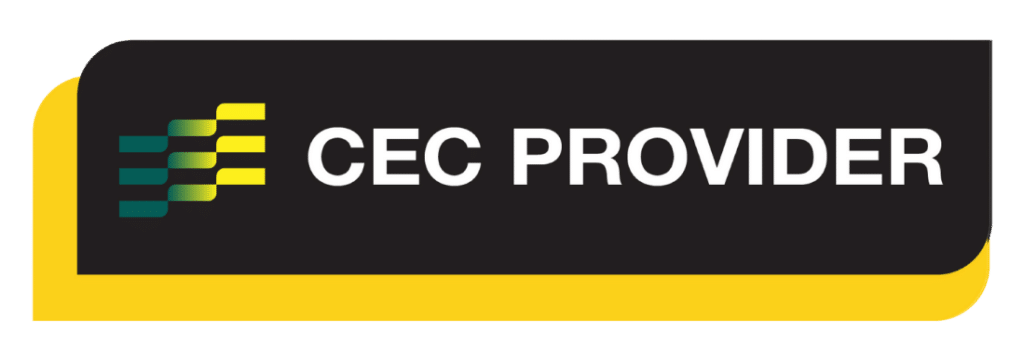Reformer Repertoire
Kneeling Arm Work:
External Rotation
Alternate Names
Swakatee
Derived From
Classical Reformer: Swakatee Series, Arm Chair: Swakatee Series
Primary Element
Stability
Why for Primary?
To create and develop shoulder stability in the rotator cuff muscles, working against the spring resistance to externally rotate the shoulder and eccentrically to control the movement of the arm back to the start position.
Secondary Element
Strength
Why for Secondary?
To develop and build strength in the rotator cuff muscles and develop torso stabilisation throughout the movement.
Tertiary Element
N/A
Why Tertiary?
N/A
Repetitions
4-5 each side
Apparatus Setup
Suggested springs
- Number system: 0.5 spring
- Colour system: 1 x blue spring
- Resistance: light
Foam padding may be used underneath the knees to create a more comfortable position, or the exercise can be performed sitting on a Pilates box, or with the legs crossed or extended if kneeling is contraindicated or creates pain.
Plane of Motion
Frontal
Targeted Muscles
Create the pulling motion from the upper back to start the movement, with the muscles around the shoulder blade working.
Rotator cuff muscles primarily:
- Supraspinatus
- Infraspinatus
- Teres minor
- Subscapularis
Warnings
This exercise may be unsuitable for clients where shoulder rotation or kneeling is contraindicated or creates pain. If painful to kneel try sitting on a Pilates box, or sitting with the legs crossed or extended.
The exercise may be difficult for clients who present with tight chests or pectoralis muscles, or limited range of motion through the shoulders. Pectoralis release work or stretches may be beneficial before this exercise to assist with activation and range of motion. A short or tight Pectoralis Minor muscle may restrict shoulder flexion by limiting scapula movement and rotation.
Execution
Kneel on the Reformer upright facing sideways on the carriage, shoulders stacked over the pelvis, foot bar side hand holding the short loops or ropes with the elbow bent and hand resting on the opposite ASIS (hip bone). Squeeze the heels together to help connect into the gluteals.
Exhale to externally rotate the shoulder, drawing the forearm around to the side, inhale to return to the starting position with control.
Observations
Do a body scan of the client taking note of the following points
- Head and Neck
- Is the back of the neck long and crease free? A slight retraction of the neck with the chin tucked can help avoid straining the neck forward and up
- Pelvis
- Are the hip bones even horizontally or is the client leaning to one side?
- Is the client about to keep a posterior tilt throughout with engagement of the abdominals? Look for the rib cage popping forward, ideally it is kept down and in with the pelvis tucked to avoid arching in the lumbar spine
- Can the client avoid leaning towards the foot bar, but keep tall and engaged through the torso?
- Arms
- Are the shoulders lifted up and back before the movement begins?
- Can the client maintain the connection between the shoulder blades throughout the movement?
- Can the client bring the shoulder back with control against the spring resistance as opposed to letting the spring do the work?
- Legs
- Is the client comfortable kneeling? If not move to a seated position
Learning Style Technique Cues
Auditory – word associations that connect mind and body
- Aim to keep the range of motion only to where the shoulder can no longer externally rotate, avoiding pushing with the forearm
- Bias the pelvis towards a slight posterior tilt in order that you can avoid extending or arching the lumbar spine
- Say the client’s name when you’re about to interact with them
Visual
- Imagine holding a towel or clutch handbag under the armpit, don’t let it go as you externally rotate the shoulder, but avoid locking the elbow down and leaning towards the foot bar
- You may demonstrate a part of the movement as a visual representation for the client to see
Kinaesthetic
- Feel the co-contraction of the abdominal muscle and the back extensors to create a stable torso from which to move from
- Feel the shoulders lifting up and back to start the movement
- Feel the chest open and the collarbones widen as the shoulder externally rotates.
Modifications and Variations
Regress the exercise by
- Reducing the spring setting to one yellow spring on the high hook, then further regressing to one yellow spring on the low hook if required
- Reducing the repetitions and/or pace
- Working on the movement but with 0.5kg hand weights or no weights to create the pattern before adding load
- Stretching the chest and Pectoralis muscles to increase the range of motion through the shoulders before attempting the exercise
- Working on Kneeling Arm Work: Draw a Sword
Progress the exercise by
- Increasing the repetitions and/or pace
- Increasing the spring setting to one blue spring on the high hook or one red spring
- Progress into Kneeling Arm Work: Oblique Twist
Series and Transitions
This exercise is part of the Kneeling Arm Work series which includes a range of other exercises in the progressive repertoire. The Kneeling Arm Work series can also be found in the Mat Work using a Theraband or resistance band or hand weight, and the Cadillac repertoire.
Transition to Kneeling Arm Work: Oblique Twist by returning the arm back to the ASIS or hip bone, but then lifting the forearm higher to sit at a 90-degree angle then pressing the arm and externally rotating the shoulder so the forearm is parallel to the foot bar.
The traditional order of the Kneeling Arm work series (or Swatakee) is
- Swatakee 1 (or what we know as Kneeling Arm Work: Draw a Sword)
- Swatakee 2 (where the inside arm holds the strap and reaches to the ceiling or ‘shaves the ear’
- Swatakee 3 (where the outside arm reaches overhead into a tricep press, which then leads into a circle motion)
- Swatakee 4 (where both arms lift overhead from a T-position (similar in principle to what we know as Kneeling Arm Work: Halo)
Inspired Academy follows the order to create stability and mobility before building strength.
Progressive repertoire
- Draw a Sword
- External Rotation
- Oblique Twist
- Halo

